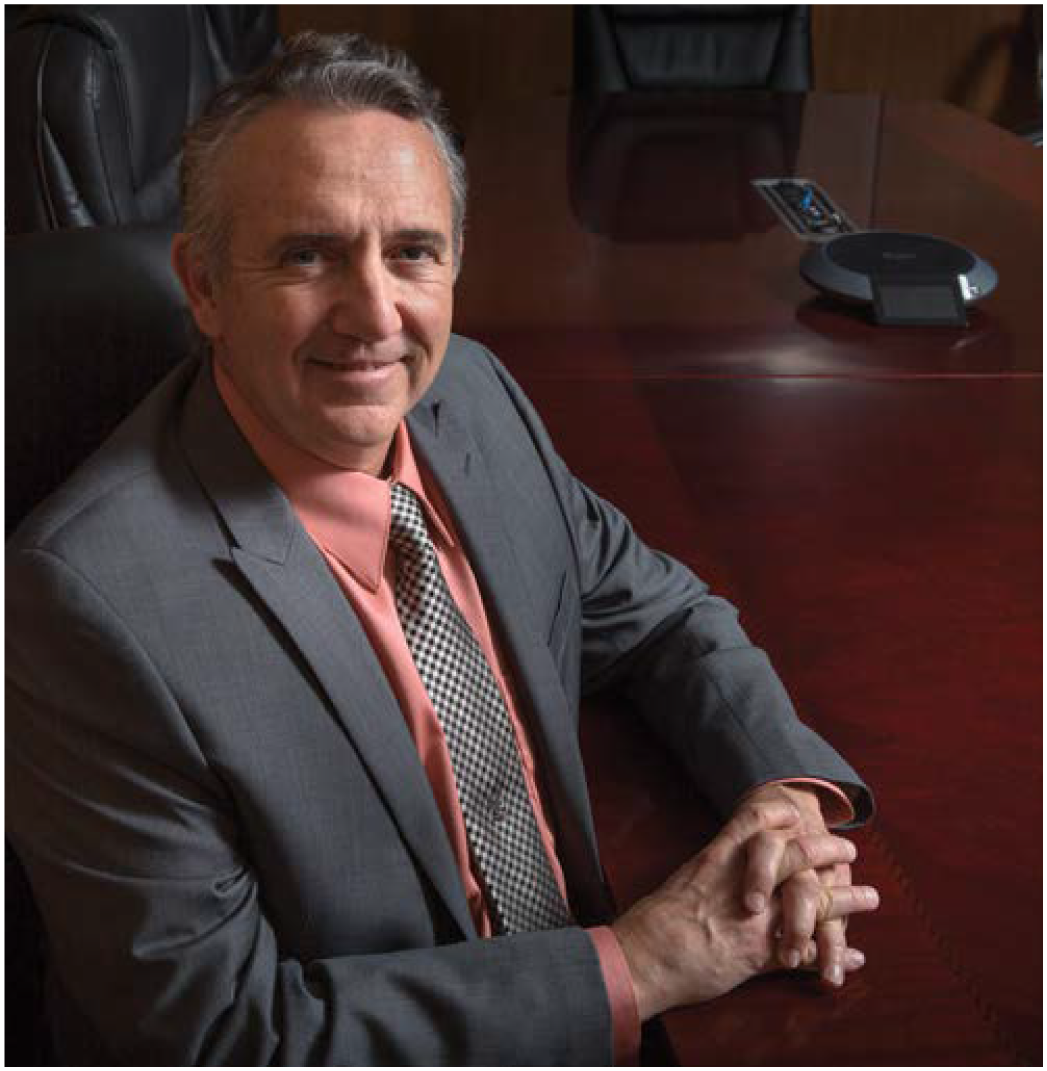How the NESC keeps its focus on key technical risks
In 2015, the NESC accepted almost 60 requests for assessments, bringing the total number of active assessments to nearly 100. That acceptance rate reflects a steady average of more than 50 requests per year since the organization began in 2003 in the wake of the Columbia accident. What the numbers do not show, however, is how the NESC decides, in a tough fiscal climate, which assessments to undertake.
NESC Director Tim Wilson discusses how the decision to take on an assessment requires a careful, calculated approach — not only to understand the potential risks and benefits to a program but also to recognize how it fits into the bigger NASA picture.
As the Space Shuttle Program came to a close, did the NESC workload decrease at all?
The workload hasn’t decreased. In fact, it has gone up. In the early years we had two crewed programs running, Shuttle and the International Space Station (ISS). Now we have six, with Orion Multi-Purpose Crew Vehicle (MPCV), Space Launch System (SLS), their supporting ground systems [Ground Systems Development and Operations — (GSDO)], two commercial partners, and ISS. Demand has certainly not gone down.
How does the NESC prioritize assessment requests as they come in? And how did the priority structure come about?
When our budget started to shrink and it became clear that we were going to have to do more with less, as most government agencies have, we had to prioritize the requests to make sure we focus on the ones most important to the Agency. So we developed priority levels from 1 to 5 (on right). We first focus on requests for in-flight programs. Those are always priority 1. Priority 2 focuses on programs in the design phase, or near flight. Priorities 3 – 5 focus on work to avoid potential future problems or system improvements. We had to do that in order to manage demands on our budget.
Does the NESC only take on requests that meet level 1 and 2 priorities?
We’re quickly getting to that point, but for now, we still have work underway in all of those categories. As requests come in, our normal process is to do initial evaluations. As part of that process, we look at the risk and the benefits to the program or project and the Agency as a whole, then decide what work to take on. But certainly, programs that are in flight, or about to fly, get the focus and consume the bulk of our resources.
As an organization under the Office of the Chief Engineer (OCE), how do you support them in terms of mitigating engineering/technical risks faced by Agency programs?
The NASA Chief Engineer keeps a list of what he considers the Agency’s top technical risks (on right). And as it turns out, the work we do maps very well to that list. Part of it is a natural by-product of our selection process, which uses risk matrices and asks tough questions during our initial evaluations. We’re also concerned about the same things he is — like new programs coming online and keeping the station flying.
Can you provide examples of where NESC work supports mitigating the OCE’s Agency technical risks?
One of the NASA Chief Engineer’s concerns is integration of the new exploration programs. With SLS, Orion MPCV, and GSDO, he’s concerned about how you ultimately pull those together into one operating program. So, one of our tasks is independent modeling and simulation for Exploration Systems Development (ESD) to develop tools that will give us insight on how they do integration and modeling, and will give them independent answers, or checks and balances, against work that they are doing internally. It is a good example of an assessment that specifically attacks an OCE key risk. And almost any assessment for Orion or SLS directly attacks what he calls “closing the gap,” or ensuring the new exploration programs have the technical support they need to accomplish their goals. Those are big pieces of the pie for us.
When you look back over the NESC’s 600+ assessment portfolio, what stands out to you?
That we’ve made a positive impact on the Agency. We get good feedback — unsolicited feedback — that the work that we’ve done has added value and helped programs and projects be successful. Our work is spread well across NASA programs, from human exploration to the Science Mission Directorate, aeronautics, and technology, and has expanded over the years. The demand for our work comes from program managers and engineering organizations, which has grown as folks have come to learn about our capabilities and appreciate the products we provide. I don’t see any of that changing.
Where do you see the NESC in the next 10 years?
I think the pattern of moving from operational to developmental work is going to shift back in the other direction. We’re all counting on having two commercial partners flying within the next couple of years. And we’re going to have NASA exploration vehicles flying. So we’ll be back into an operational mode. We’ll still be supporting development work with science programs, but the big hitters will be in-flight programs at that point. I don’t see any slow-down, however. I think the demand will keep coming.






























